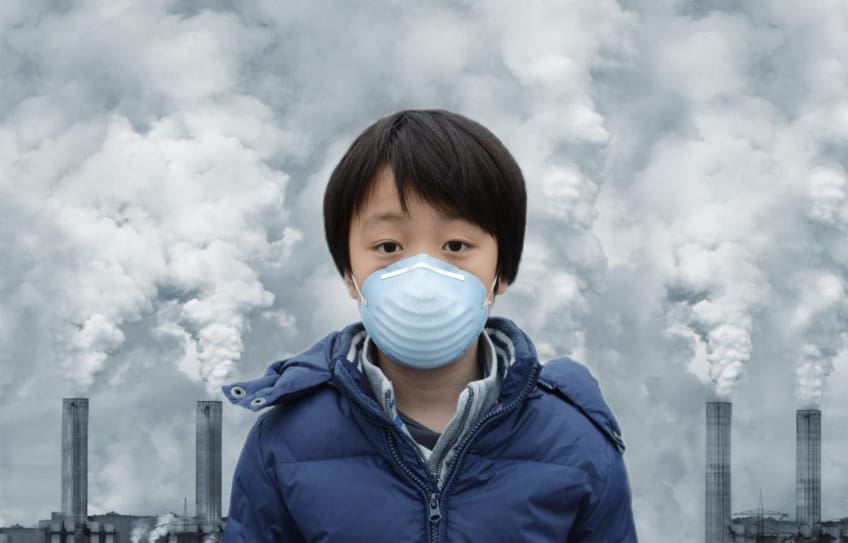
Outdoor air pollution is a mix of natural and man-made particles in the air. Regular exposure to it can harm our health when we breathe it. Air pollution is a problem in cities and in rural settings.
Lots of things can cause poor air quality. For example, in a city, air pollution can be caused by fumes from cars and buses. This is called ground-level ozone (or urban smog). Ozone is a gas and is a big part of air pollution. Ground-level ozone increases in cities when the air is still, the temperature is warm, and the sun is out. This combination traps pollution in the air.
Airplanes also cause air pollution. Construction vehicles and tobacco smoke can cause it, too. In rural areas, outdoor air pollution often is caused by dust from tractors plowing fields, trucks and cars driving on gravel roads, rock quarries, and smoke from wood and crop fires.
Path to improved health
Air quality changes depend on several things. These include weather conditions (sun, rain, wind, etc.), and the types and amount of gases in the air. For example, in a city, gases from cars and buses are more common on weekdays than on weekends. In rural settings, dust and dirt pollution are common during the season when farmers plow their fields.
Here are some tips on how you can reduce your exposure to outdoor air pollution:
- Check the Air Quality Index (AQI). The U.S. Environmental Protection Agency (EPA) regularly measures and reports air quality in cities and rural areas. Because of this, air quality has improved over the last 20 years. Your local TV, radio, and digital sources will often publish the AQI. The score ranges from 0 to 500. An AQI score of more than 100 means unhealthy air conditions.
- Stay indoors when pollution is high. Use the AQI to determine how much time to spend outside. While you’ll need to go to work or school, choose to avoid optional outdoor activities on days with high AQI. Pick another day to go to the park or do yardwork. If you must be outdoors on high AQI days, limit activity to the early morning or after the sun sets. This timing is important if you live in a city because sunshine can increase ozone levels. High ozone levels can make it difficult to breathe outside if you have lung problems, such as asthma. It can also cause trouble for children and older adults.
- Avoid heavy physical activity on high air pollution days. Physical activity can make you breathe harder and faster. The faster you breathe, the more air pollution you inhale.
Things to consider
The steps above will usually prevent symptoms in healthy adults and children. However, if you’re in a high-pollution area, you may want to consider other ways to protect your health:
- If you have a chronic heart or lung problem, such as asthma, talk with your doctor about ways to protect yourself from air pollution. He or she may prescribe a medicine to help you breathe.
- See your doctor if you have symptoms of chest tightness, burning eyes, or a cough.
- Children feel the effects of higher pollution levels more than adults. They also experience more illnesses, such as bronchitis and earaches, in areas of high pollution. Talk to your doctor about ways to keep them healthy.
Questions to ask your doctor
- Could my asthma be caused by air pollution alone?
- Can hives be a sign of exposure to air pollution?
- Does taking public transportation reduce air pollution?
- Why does my breathing seem worse on rainy days?
- How can I reduce my child’s exposure to air pollution during recess?
Resources
Environmental Protection Agency: Air Quality Index (AQI) Basics
Environmental Protection Agency: Current AQI
National Institute of Environmental Health Sciences: Air Pollution
![]()
Copyright © American Academy of Family Physicians
This information provides a general overview and may not apply to everyone. Talk to your family doctor to find out if this information applies to you and to get more information on this subject.






